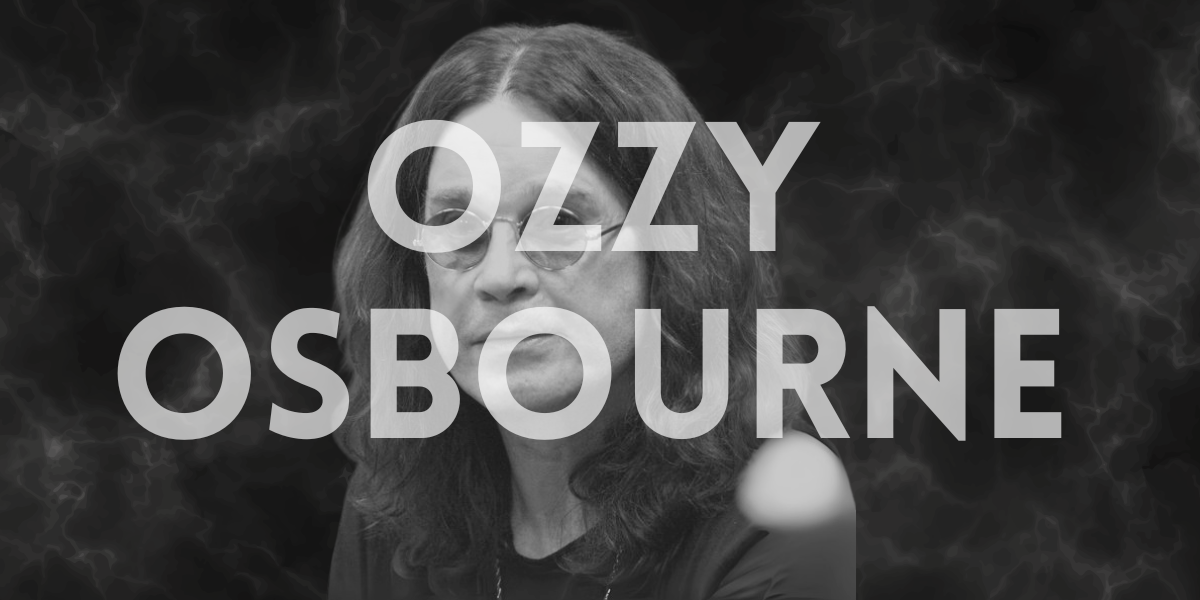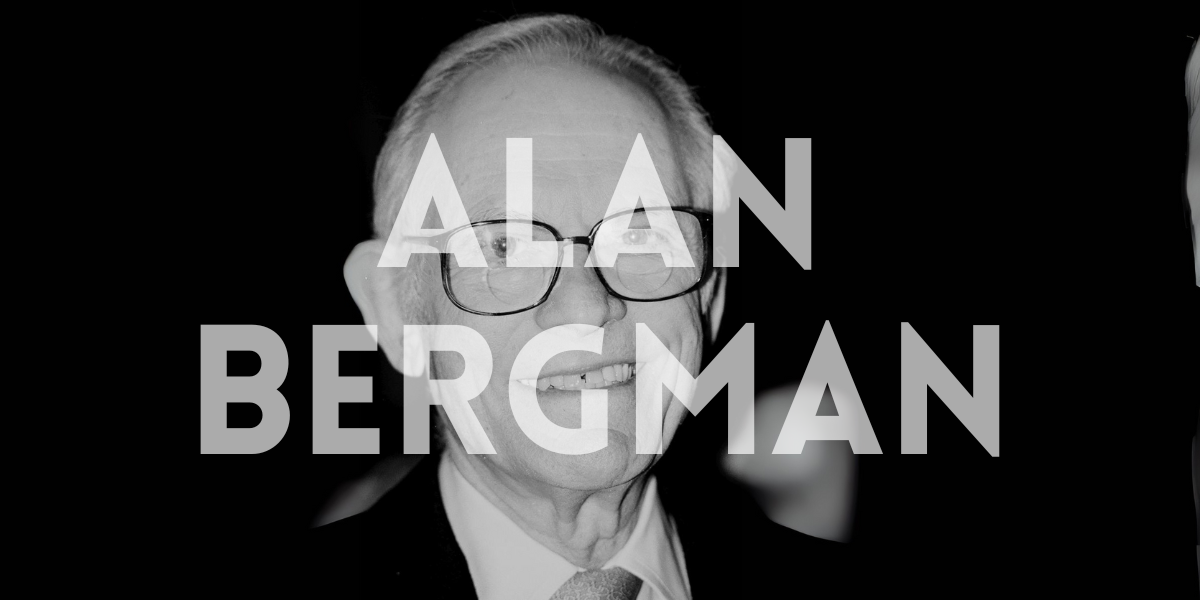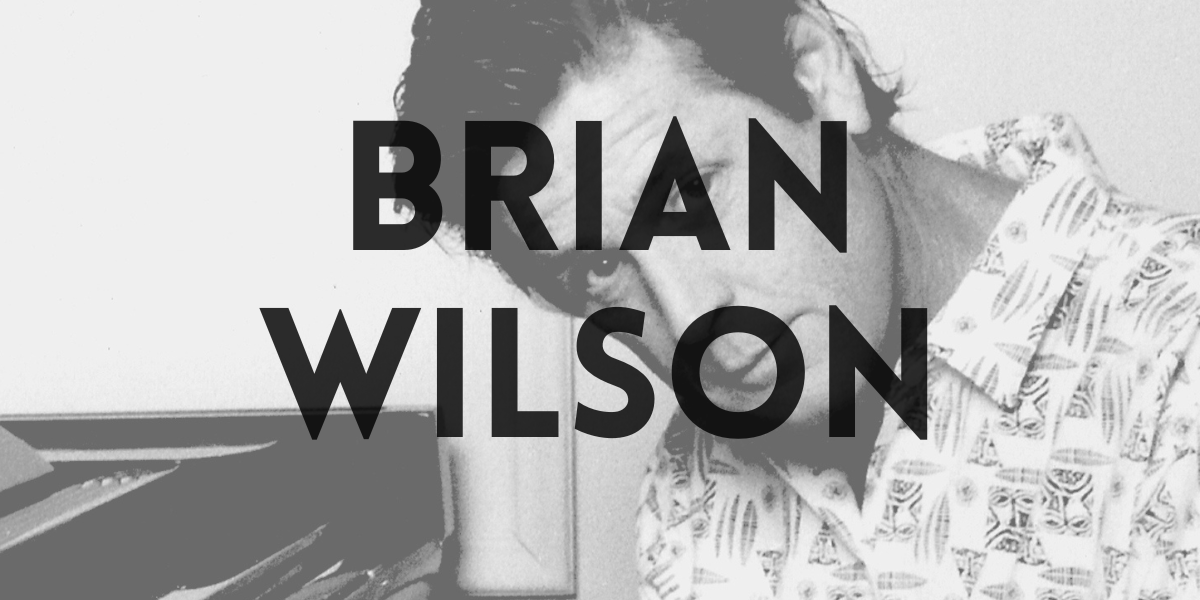The death of Ossy Osbourne, an icon of heavy metal, has triggered worldwide mourning – including in the ranks of brass bands, which at first glance seem to embody a completely different musical world. But a closer look reveals surprising connections between Ossy’s rebellious sound and traditional brass band music. How do these apparent opposites fit together? And what can we as brass musicians learn from the legacy of the “Prince of Darkness”?
Opposites that complement each other
Ossy Osbourne stands for loud, raw energy, electric guitar riffs and dark, often provocative lyrics. Brass music, on the other hand, is characterized by acoustic wind instruments, harmonious melodies and a deeply rooted community tradition. At first glance, these worlds could hardly be more different.
But both genres share a passion: the power of music to convey emotions and connect people. Ossy’s music thrives on intensity and expression, while brass music thrives on community and celebration. Both manage to captivate their listeners – be it with the rousing groove of a metal song or the festive sound of a march.
Building musical bridges
Musically, there are definitely points of contact. Brass music often uses powerful, dynamic passages that are reminiscent of the energy of rock and metal. Some modern brass bands even experiment with rock and metal elements, integrating distorted guitars or rhythmic patterns that come close to Ossy’s music.
In addition, many wind instruments are capable of sounding just as powerful and expressive as an electric guitar – trumpets, trombones and tubas can achieve a similar effect with their timbre and volume. The result is an exciting interplay between tradition and modernity that enriches both worlds.
Cultural reflection: rebellion meets tradition
Ossy Osbourne was not only a musician, but also a symbol of rebellion and breaking out of social norms. Brass band music, on the other hand, often stands for home, tradition and cohesion. But there is also room for innovation and questioning conventions in brass music.
Ossy’s death invites us to reflect on the importance of music as an expression of identity – whether in the loud world of metal or the harmonious sounds of brass music. Both genres tell stories that touch people emotionally and convey cultural values.
A musical legacy that connects
Ossy Osbourne leaves behind a legacy that has an impact far beyond heavy metal. For brass bands, his death can be an opportunity to celebrate their own musical diversity and remain open to new influences. Perhaps the combination of seemingly contradictory styles is an opportunity to make the concert program more varied and exciting.
At a time when musical boundaries are becoming increasingly permeable, the interplay between Ossy’s heritage and brass music shows that opposites can complement and enrich each other, creating a new unity. This is what music sounds like today – diverse, lively and unifying.
Conclusion: Ossy Osbourne and brass band music may seem worlds apart at first glance, but their common strength lies in their expression, passion and ability to move people. His death reminds us how valuable musical diversity is – and how enriching it can be to build bridges between seemingly incompatible genres. For brass bands, this is an invitation to be courageous and explore new musical paths.











